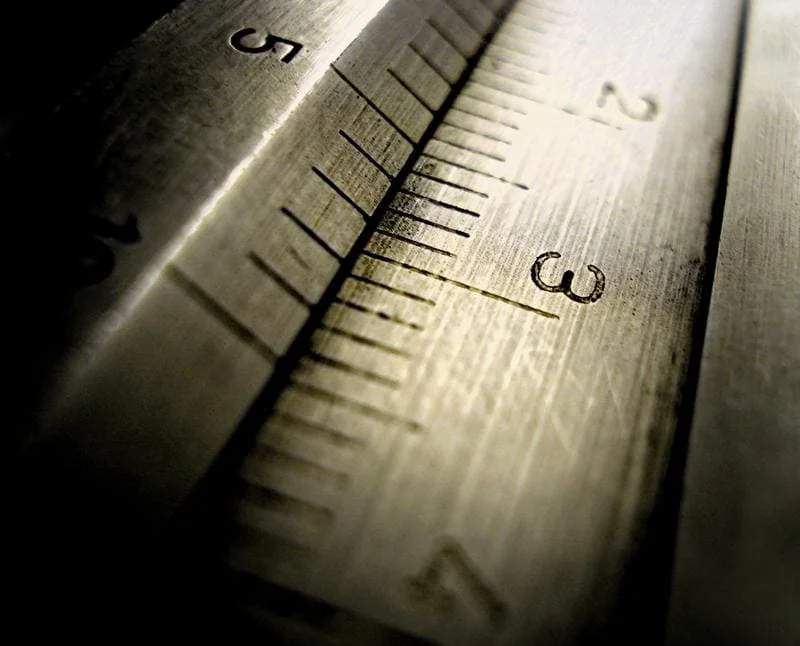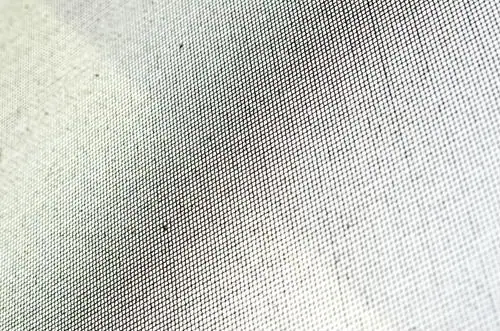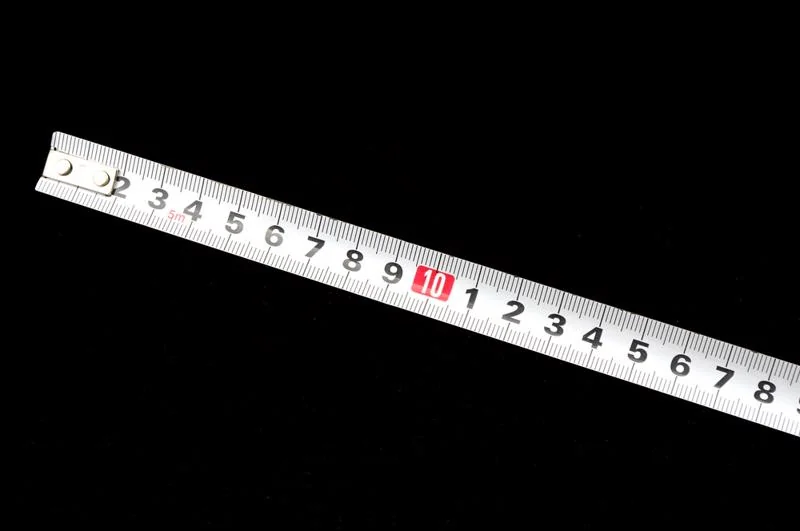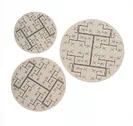What Metal Fabricating Problems can be Solved by Photo Etching?
Comments Off on What Metal Fabricating Problems can be Solved by Photo Etching?Photo etching, also known as chemical etching or photochemical machining (PCM), is a precision manufacturing process used to produce complex metal parts with fine details. It offers several advantages over traditional metal fabrication techniques such as stamping, machining, and laser cutting. Here are some common metal fabricating problems that can be effectively solved by photo etching:
1. Complex Geometries and Fine Details
- Problem: Traditional machining and stamping processes can struggle with producing intricate designs, thin walls, or fine details, especially in small or delicate parts.
- Solution: Photo etching allows for the production of highly complex and intricate patterns with tight tolerances, making it ideal for applications requiring detailed designs, such as microelectronics, filters, and precision springs.
2. Material Stress and Deformation
- Problem: Mechanical processes like stamping or laser cutting can induce stress, burrs, and deformation in the material, leading to defects or compromising the integrity of the part.
- Solution: Photo etching is a non-contact process, which means it doesn’t exert physical force on the material, thus eliminating stress and deformation. This results in burr-free and stress-free parts.
3. High Tooling Costs for Small Batches
- Problem: Traditional fabrication methods require expensive tooling, which is not cost-effective for small production runs or prototyping.
- Solution: Photo etching uses a photomask instead of physical tools, which can be quickly and inexpensively produced. This makes it cost-effective for both small batches and large-scale production.
4. Thickness Variation Challenges
- Problem: Some processes have difficulty maintaining consistent material thickness, particularly when working with very thin metals.
- Solution: Photo etching is well-suited for working with thin metal sheets, ensuring uniformity across the entire surface, even in ultra-thin materials.
5. Material Limitations
- Problem: Some fabrication methods are limited in the types of materials they can work with, especially brittle or hard-to-machine metals.
- Solution: Photo etching is versatile and can be used on a wide range of metals, including stainless steel, copper, nickel, and even hard-to-machine materials like titanium and molybdenum.
6. Prototyping and Design Flexibility
- Problem: Iterative design changes can be costly and time-consuming with traditional machining due to the need for new tooling or adjustments to existing setups.
- Solution: The photomask used in photo etching can be easily modified, allowing for quick and inexpensive changes to the design, making it ideal for prototyping and iterative development.
7. Large and Complex Assemblies
- Problem: Creating large or complex assemblies with multiple parts can be cumbersome and require extensive post-processing to ensure all parts fit together properly.
- Solution: Photo etching can produce multiple parts simultaneously on a single sheet, ensuring perfect alignment and fit, which reduces the need for post-processing and simplifies assembly.
8. High Precision Requirements
- Problem: Achieving extremely tight tolerances can be challenging with conventional methods, particularly for small or intricate parts.
- Solution: Photo etching is capable of producing parts with very high precision, often achieving tolerances as tight as ±.0015 inches, making it suitable for applications like medical devices, aerospace components, and microelectronics.
Photo etching is particularly useful in industries where precision, complexity, and material integrity are critical. By addressing the limitations of traditional fabrication techniques, photo etching enables the production of high-quality, intricate metal parts that meet the demanding requirements of modern applications.






